Ibiza, Formentera, Barcelona, Lloret de Mar, the Costa del Sol... these are just some of the most popular tourist destinations in Spain. And of course they tend to be overpopulated in the summer, due to the mass tourism that has long favored these destinations. Spain, however, is operating flow distribution policies to ease the pressure on its most popular destinations and also to introduce travelers to some lesser-known, quieter, but no less interesting locations in the country.
From the beautiful landscapes of Asturias to the tranquility of Castile, from the border region of Extremadura to the coolness of the Pyrenees, here are five suggestions to avoid mass tourism, suggested directly by Turespaña, the Spanish tourism board: little-known destinations, but if you are planning a vacation in Spain they are definitely worth considering!
It is the eighth largest island in the Canary Islands, and is a true haven for those who desire peace, silence and an authentic contact with nature. With its white sand beaches and crystal-clear waters, the island stands out for the absence of asphalt and pollution, offering a unique and unspoiled experience to just over 700 inhabitants. A destination, therefore, to be visited with great respect, so as not to encroach on this gem still unknown to mass tourism. Like the rest of the archipelago, La Graciosa enjoys a mild and pleasant climate year-round, making it an ideal destination in any season to explore its fascinating volcanic landscape and relax on its beautiful beaches. With 29 square kilometers of protected territory, the island is an integral part of the Chinijo Archipelago Natural Park, which boasts the largest marine reserve in Europe. The island is perfect for exploring by bicycle or on foot, thanks to four well-marked routes. Among La Graciosa’s main attractions are its enchanting beaches, which captivate visitors with their pristine beauty and vivid contrasts. The beaches feature fine white, golden sand or volcanic rock, and calm waters ideal for snorkeling, alongside stretches with more vigorous waves suitable for swimming, but with due caution. Beaches such as La Cocina, Las Conchas and La Lambra are among the most popular, along with the busier La Francesa and La Laja, ideal for families. Scuba diving and catamaran excursions are available in La Graciosa, often accompanied by a lunch of local specialties. The island’s cuisine is based on fresh fish, usually accompanied by “papas arrugadas” and “mojo,” traditional Canarian dishes. The island can be reached in about half an hour by ferry from Lanzarote, with regular connections between Órzola and Caleta de Sebo. On the island, one can get around on foot, by bicycle, or by 4x4 cab, as unpaved roads limit vehicle movement. However, it is easy to reach the main points of interest on foot or by bicycle, ensuring an authentic experience that respects the natural environment.
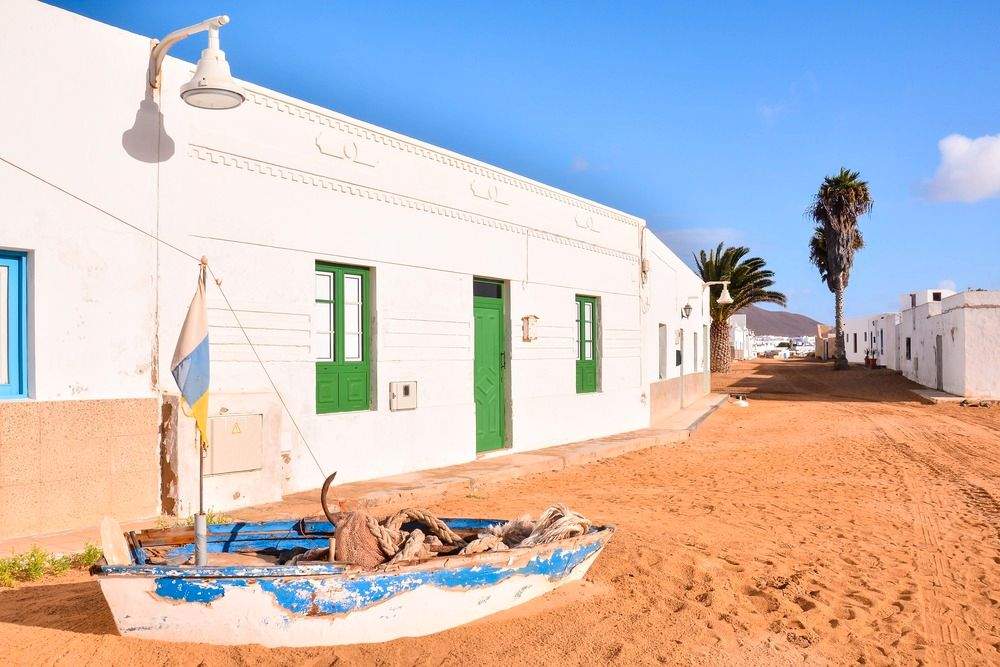
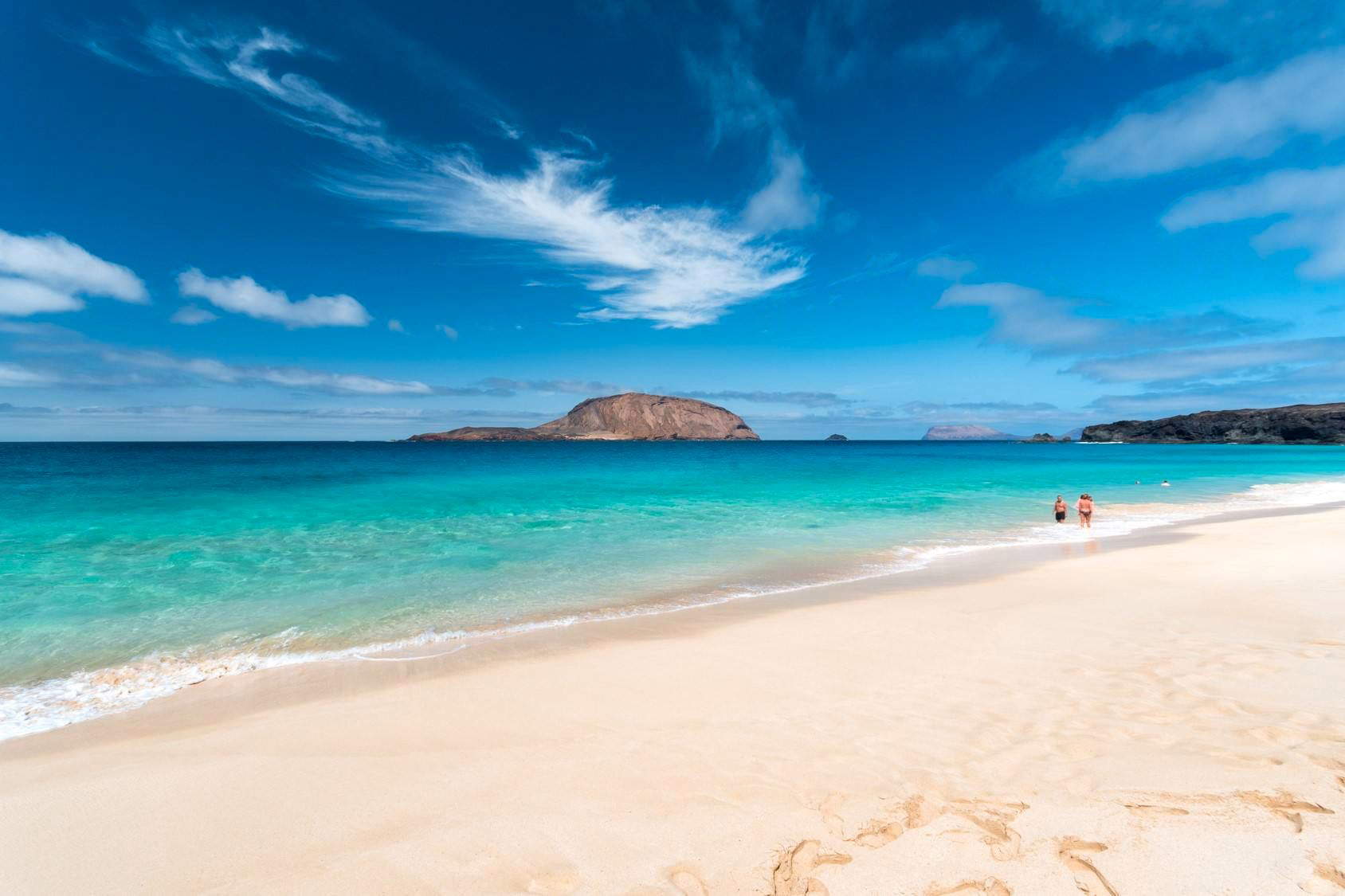
Mountain lovers cannot overlook the Pyrenees, perhaps making a base in Huesca, which is located not far from the mountain range that divides Spain from France. The Pyrenees are, meanwhile, an ideal destination for lovers of nature and outdoor activities. The mountains offer numerous hiking trails that vary in difficulty and duration, suitable for anyone who enjoys trekking and hiking. You can hike the trails to the Aigualluts waterfalls, located in Benasque, or walk along the Lanuza Basin Nature Trail in Sallent de Gállego. The Pyrenees are renowned for their scenic trails, ideal for taking in the natural beauty of Spain. Then there is the Ordesa and Monte Perdido National Park, particularly renowned for its spectacular landscapes and hiking trails. The Pyrenean trails are also ideal for mountain biking, with routes suitable for all levels. Also not to be forgotten is the possibility of rafting and kayaking on the region’s rivers, such as the Ara or the Ésera. One of the most exciting experiences is canyoning, with descents through spectacular gorges such as the Viandico or Gloces canyons. Here you can have fun on natural slides and cool off in crystal-clear water pools, an ideal option for enjoying the Pyrenees during snowless periods. For those who want something quieter, a visit to the picturesque villages of the Aragonese Pyrenees is suggested. These places are perfect for breathing fresh air and enjoying the serenity of the high mountains. Aínsa, a medieval town in the Sobrarbe region, will win everyone over with its historic charm. Alquézar, located in Somontano de Barbastro, is another gem to discover, along with Hecho, famous for its traditional architecture. In Huesca you visit the Gothic Cathedral, the Monastery of San Pedro el Viejo, and in the immediate surroundings the Castillo de Montearagón with its spectacular ruins. And if you go to the city in August, don’t miss the Fiestas de San Lorenzo, one of the most important popular festivities in the area.
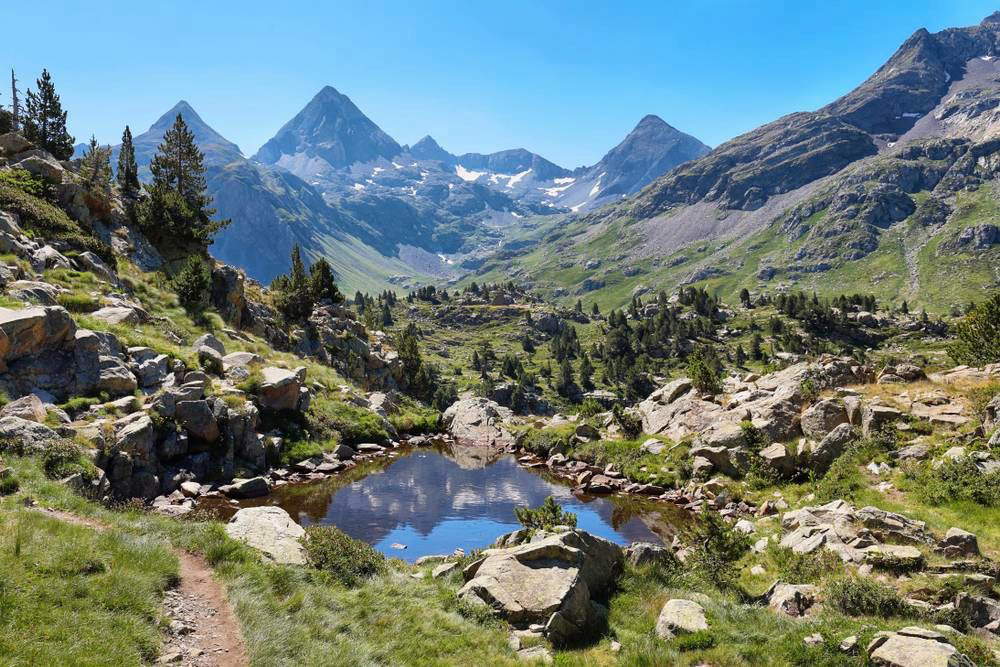
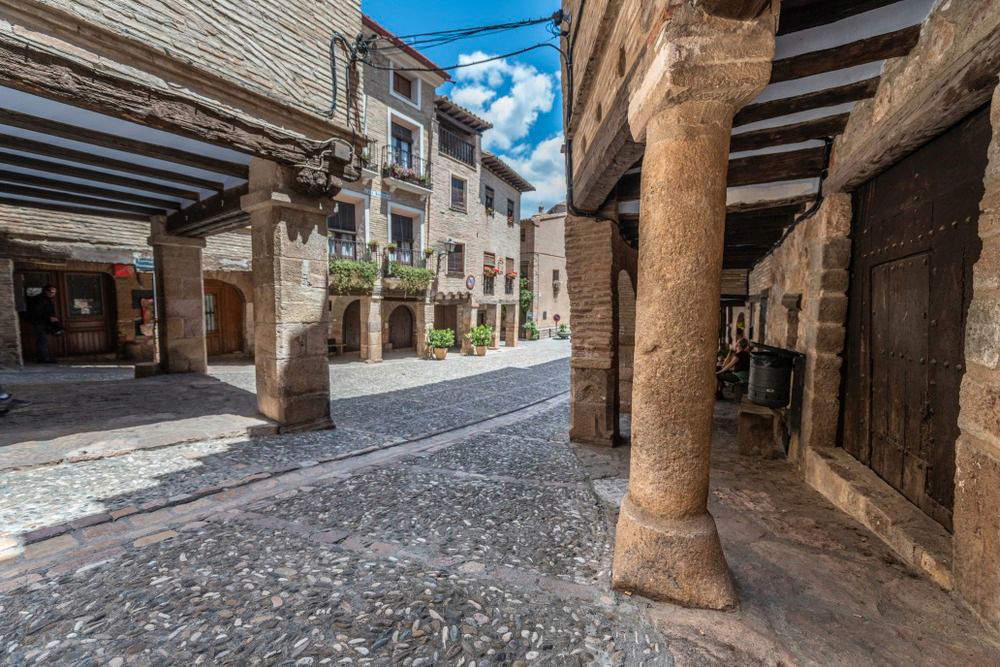
The province of Zamora, located in the region of Castile and Leon, offers a variety of attractions that make it an ideal destination, especially in summer. With its spectacular natural landscapes and rich historical and cultural heritage, Zamora promises unforgettable experiences for every type of visitor. For starters, you can start with the city of Zamora, famous for its Romanesque architecture, a perfect destination for those who love medieval art: churches and historic buildings tell the history of the region with their stones. Plus, Zamora’s cuisine is another must-see attraction. Local specialties include Zamora cheese, made from sheep’s milk and with an intense flavor, and Aliste fillet, a high-quality beef. Savoring these dishes in one of the province’s many traditional restaurants is an experience not to be missed. Zamora is traversed by the famous Silver Route, an ancient Roman route connecting southern and northern Spain. This cultural route can be traveled on foot or by bicycle, immersing oneself in the history and nature of the region. Leaving the city, the towns of Taurus and Benavente are worth a visit for their artistic and architectural heritage. Taurus, in particular, is known for its Colegiata de Santa María la Mayor, a magnificent Romanesque church. For those who love the outdoors, one of Zamora’s natural jewels is the Sanabria Lake Natural Park, the largest glacial lake on the Iberian Peninsula. During the summer, this park is suitable for hiking, with trails that pass through lush forests and lead to breathtaking viewpoints. The coolness of the lake and the beauty of the surrounding vegetation provide an ideal refuge from the summer heat.
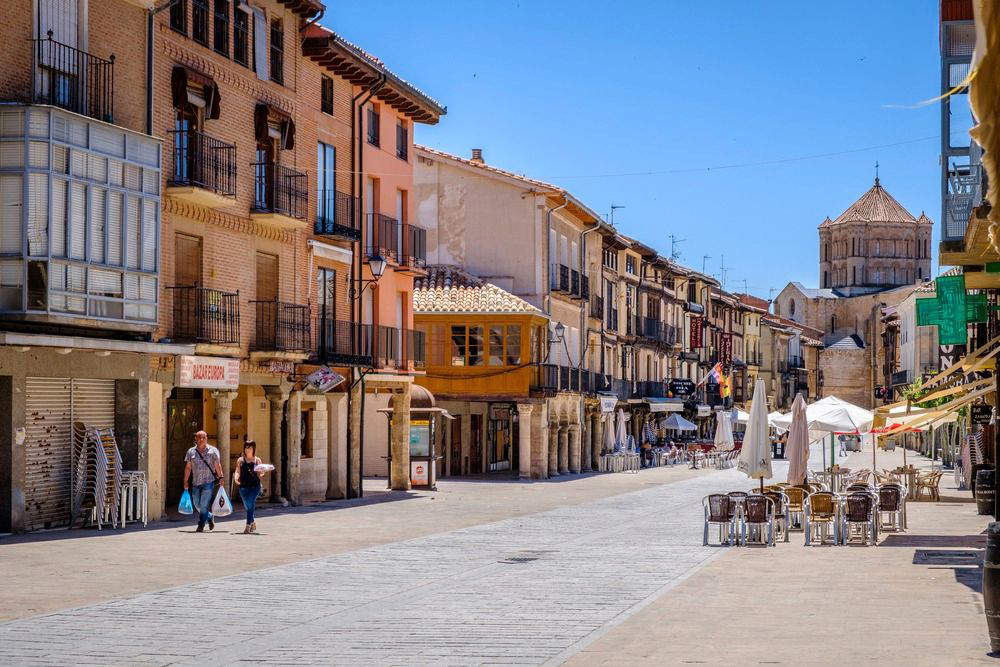
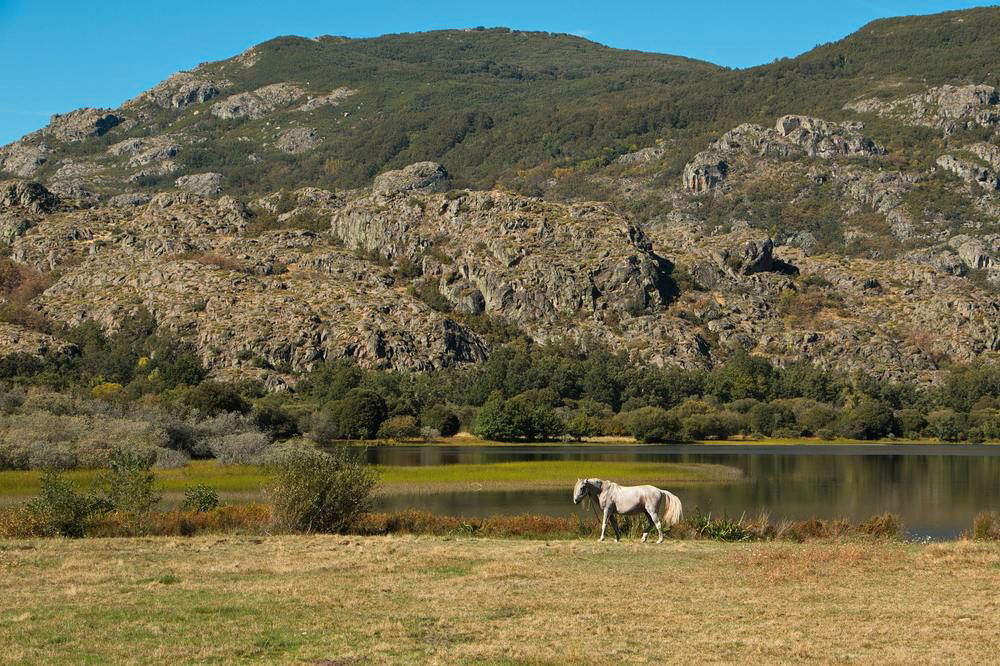
The comarca of La Vera, located in the province of Cáceres, is an enchanted corner of Spain, rich in traditions, architectural beauty, and breathtaking natural landscapes. Strolling through its nineteen municipalities is like taking a plunge into the past, thanks to the many historical and cultural testimonies that characterize this region. The main town is Jaraíz de la Vera, which has almost 7,000 inhabitants. Villages worth seeing include Pasarón de La Vera, which has a charming historic center in which the parish church of El Salvador stands out; Valverde de la Vera, with its lively squares and picturesque and historic corners such as the Fuente de los Cuatro Caños and the Plaza del Rollo, places that retain the charm of bygone eras, or Villanueva de la Vera, which is distinguished by its streets lined with buildings made of wood, brick, and stone, and even Garganta la Olla, known for its splendid wooden architecture and well-preserved stately homes, as well as historic buildings that offer an authentic glimpse of rural life in the past. Also worth visiting is Cuacos de Yuste, famous for its three squares: the John of Austria Square, the Plaza de España, and the Plaza de los Chorros, each with a unique and charming atmosphere. The Monastery of Yuste, where Emperor Charles V spent his last years, is a must-see for its historical importance and architectural beauty. But there are also places for nature lovers: the Garganta de Cuartos and the Garganta de Alardos offer natural pools perfect for a rejuvenating dip; the Garganta Mayor in Garganta la Olla, with its natural pools, is a true spectacle of nature; and the Paraje de las Olla in Cuacos de Yuste stands out for its rock formations sculpted by time and its Roman bridge, all set in a landscape suitable for relaxation in natural beauty. The gastronomy of the comarca of La Vera is another reason to fall in love with this place: the pimentón of La Vera, a smoked paprika with a unique flavor, is the star of many traditional dishes. Among the local specialties, don’t miss migas, a rustic dish made with stale bread, chorizo and peppers. Local cheeses, such as Queso de La Vera, and the area’s wines are also must-try delights. La Vera’s cuisine, full of intense flavors and local ingredients, offers a culinary experience that perfectly complements the discovery of this beautiful region.
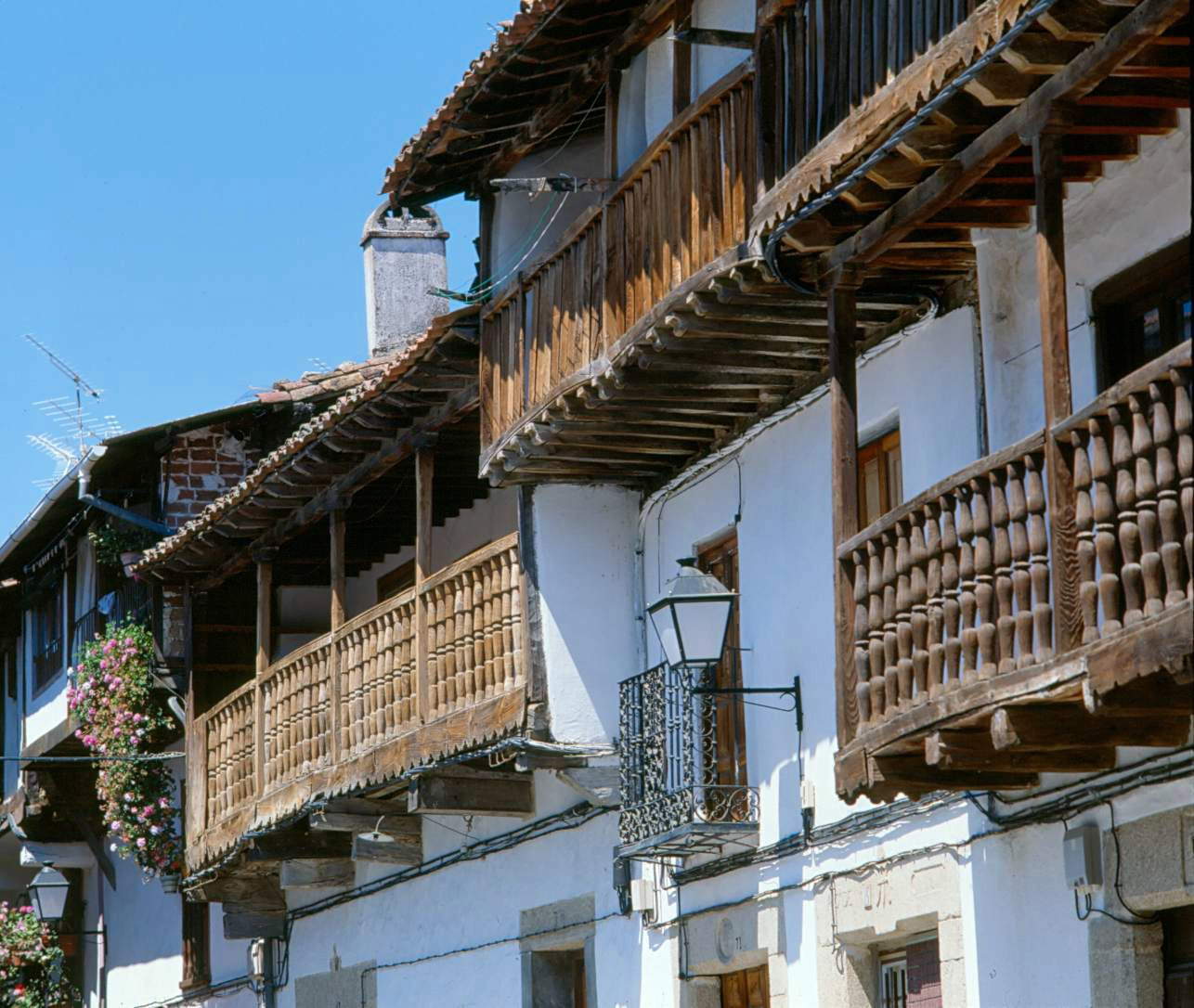
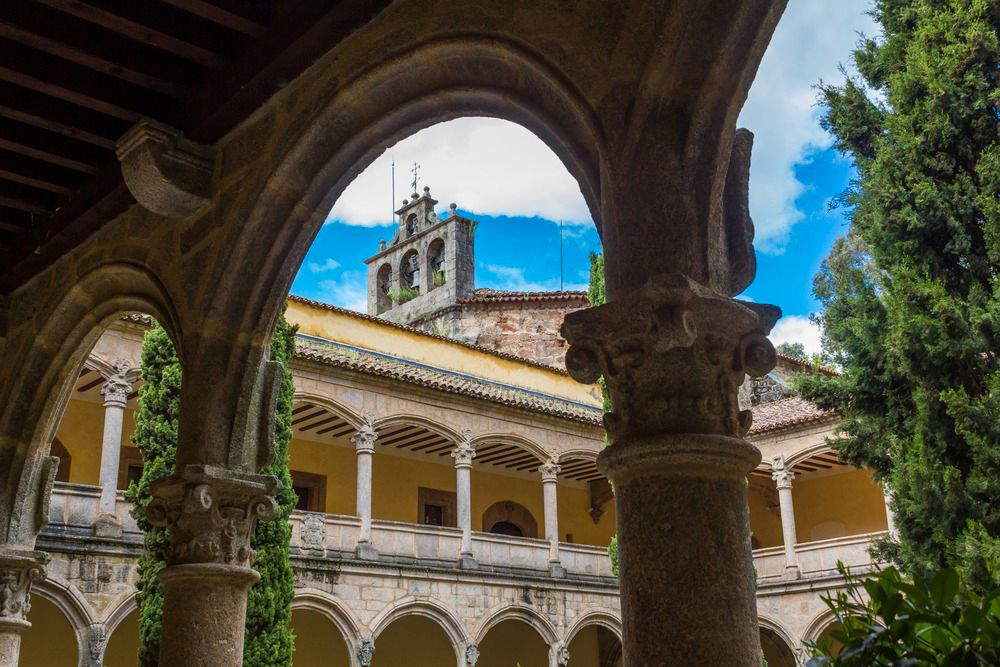
The eastern part of Asturias, with its maritime villages such as Ribadesella, Llanes, Lastres, and Tazones, is an ideal destination for those seeking an authentic experience that combines nature, history, and culture. Ribadesella is a picturesque village framed between the majestic Picos de Europa and the Cantabrian Sea. It is especially famous for fans of adventurous vacations since the impressive canoe descent down the Sella River is practiced here. This event, which culminates in an international festival in August, offers a unique experience that mixes sports, nature and local gastronomy. Other must-see attractions include the Cave of Tito Bustillo, a major archaeological site with cave paintings dating back to the Paleolithic period, and the Belvedere de Guía, with spectacular panoramic views of the town and coastline. Just thirty kilometers from Ribadesella is Llanes, a town that welcomes visitors with its huge colorful cubes, breakwaters created by artist Agustín Ibarrola. The historic center of Llanes, immortalized in some 20 films, invites visitors to discover cinematic and maritime itineraries. The beaches and coastline around the town are ideal for walks and moments of relaxation. Not far from Llanes, in the municipality of Colunga, is the picturesque village of Lastres. This village, officially recognized as one of the most beautiful in Spain, is known for its natural beauty and the title of “Pueblo Ejemplar de Asturias” awarded in 2010 by the Princesa de Asturias Foundation. Historically dedicated to whale fishing and defense against invasions, Lastres also houses the Museo del Jurásico de Asturias (MUJA), a structure shaped like a large tridactyl dinosaur footprint that offers an educational exhibit on the history of the Earth and its prehistoric inhabitants. Finally, Tazones is a seaside village located in the heart of the Comarca de la Sidra of the Principado de Asturias. Visiting Tazones is a sensory journey, thanks to the contrast between the blue of the Cantabrian Sea, the green Asturian hills, and the colorful houses of fishermen. Local restaurants offer fish and seafood delicacies, accompanied by the sea breeze and the call of the seagulls following the fishermen returning to port.
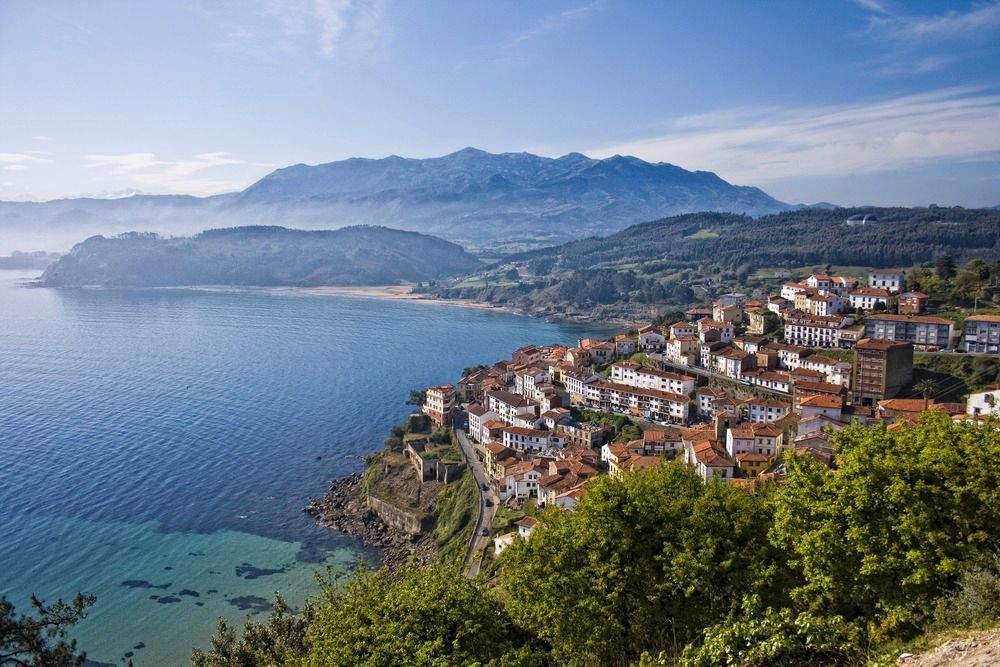

 |
| Spain, 5 destinations away from mass tourism to try |
Warning: the translation into English of the original Italian article was created using automatic tools. We undertake to review all articles, but we do not guarantee the total absence of inaccuracies in the translation due to the program. You can find the original by clicking on the ITA button. If you find any mistake,please contact us.